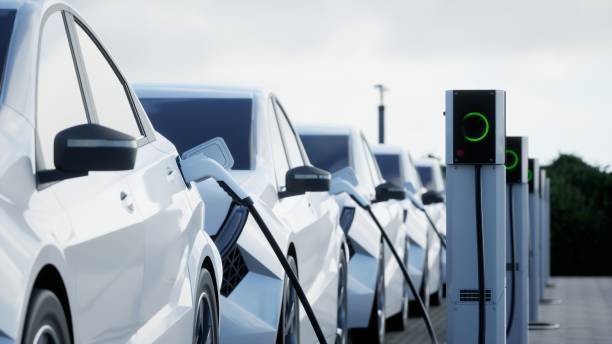As electric vehicles (EVs) become increasingly popular, one of the most critical factors in their widespread adoption is the development of a reliable and extensive electric vehicle charging infrastructure. This network is essential not only for the convenience of EV owners but also for reducing carbon emissions and transitioning to a more sustainable future.
The Importance of EV Charging Infrastructure
The need for robust EV charging infrastructure stems from the rapid growth of electric vehicle sales and the corresponding demand for convenient charging options. In 2023, global sales of electric vehicles surged, with many countries setting ambitious goals to phase out internal combustion engine vehicles in favor of cleaner electric alternatives. However, the transition to electric mobility heavily depends on the accessibility and reliability of charging stations.
For drivers to feel comfortable making the switch to EVs, charging stations need to be readily available in both urban and rural areas. A lack of infrastructure leads to "range anxiety," where potential buyers fear being stranded without a nearby charging station. Addressing this challenge is critical to accelerating the adoption of electric vehicles.
Types of EV Charging Stations
Electric vehicle charging stations come in three main levels, each offering different charging speeds:
1. Level 1 Charging: This is the slowest form of charging, usually done through a standard household outlet. Level 1 charging is convenient for overnight charging at home but is not practical for long-distance travel due to its slow speed.
2. Level 2 Charging: Level 2 chargers are commonly found in public spaces, homes, and workplaces. They offer a faster charging rate than Level 1, making them ideal for daily commuters and those who need quicker turnaround times.
3. DC Fast Charging (Level 3): The fastest and most powerful type, DC fast chargers can charge a vehicle’s battery up to 80% in as little as 30 minutes. These stations are critical for long-distance travel and are often located along highways or major transportation routes.
Challenges in Expanding the EV Charging Network
Despite the advancements in EV technology, several challenges hinder the rapid expansion of charging infrastructure:
1. High Installation Costs: Installing fast-charging stations requires significant investment, especially for DC fast chargers, which require high power outputs and more complex electrical systems. Governments and private enterprises need to collaborate to share costs and create incentives for installation.
2. *rid Capacity: The increasing demand for EV charging stations puts pressure on local power grids. To support a growing network of chargers, infrastructure upgrades are necessary to ensure that the grid can handle the increased electricity load.
3. Urban vs. Rural Access: While many cities are seeing a rapid increase in charging stations, rural areas often lag behind. This discrepancy limits EV adoption in remote areas and makes long-distance travel challenging.
Solutions and Future Outlook
To address these challenges, several initiatives are underway globally. Governments are offering incentives, grants, and tax breaks for businesses and homeowners to install charging stations. Private companies, such as Tesla and ChargePoint, are expanding their networks, with Tesla's Supercharger network being one of the most extensive worldwide.
Another promising solution is the integration of smart charging and vehicle-to-grid (V2G) technology. Smart charging optimizes energy use by charging vehicles during off-peak hours, reducing strain on the grid. V2G technology allows EVs to send energy back to the grid during high-demand periods, turning cars into mobile energy storage units.
Conclusion
Building a comprehensive EV charging infrastructure is key to the future of transportation. By making electric vehicle charging more accessible, affordable, and reliable, governments, businesses, and consumers can work together to reduce carbon emissions and create a sustainable transportation future. As more countries adopt electric mobility and invest in charging infrastructure, the barriers to widespread EV adoption will continue to diminish, paving the way for a cleaner, greener world.


